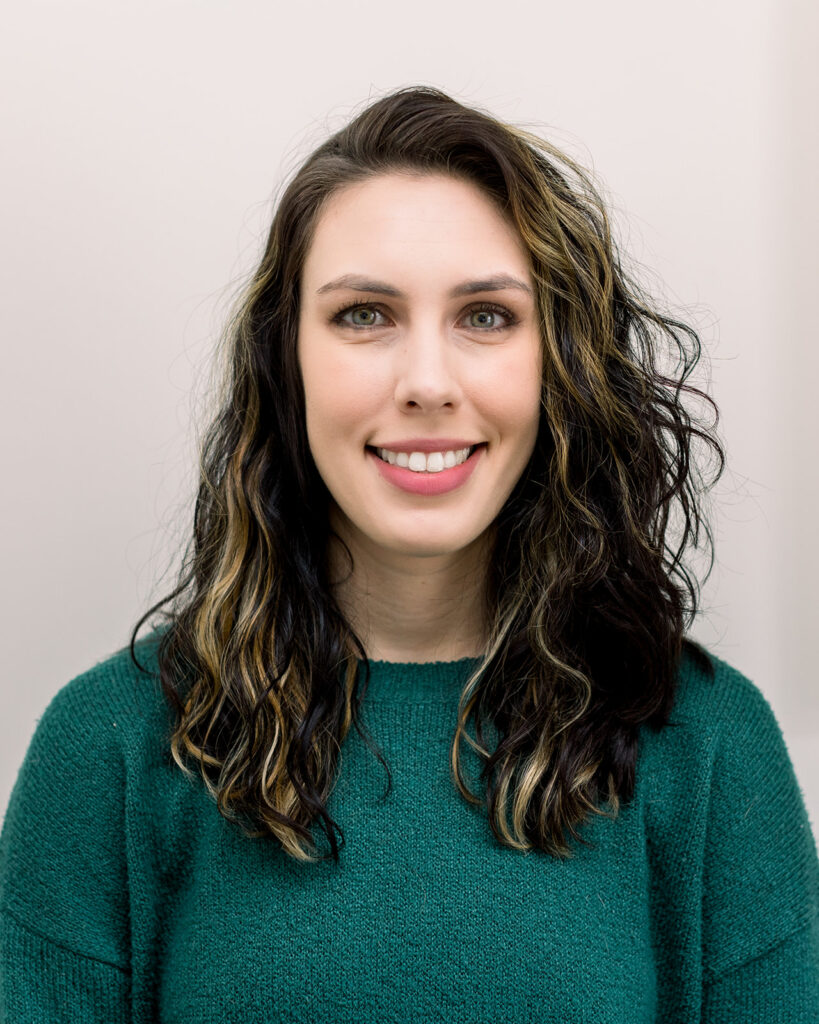On Oct. 4, Founder and Chief Visionary Officer of Make it Better Media Group, Susan B. Noyes, spoke with Mitchell E. Daniels about his decade of service as Purdue University President and two terms as Governor of the State of Indiana. Throughout his years at Purdue, Daniels froze the cost per student while growing new opportunities in STEM and other essential educational tracks for traditional and nontraditional students.
Often called a “man of the students,” Daniels is no stranger to the dining hall, where he can be found getting to know Purdue students. When he moved into the role of president in January 2013 after his two-terms as Indiana governor, he set out to provide answers to some of the greatest challenges facing higher education today. These initiatives have been coined Purdue Moves, that include five pillars; affordability and accessibility, online learning, transformative education, world-changing research, and STEM leadership.
In June 2022, Daniels announced his retirement from Purdue, along with the announcement that Dr. Mung Chiang, currently the John A. Edwardson Dean of Engineering and Executive Vice President for Strategic Initiatives, will become president effective Jan. 1, 2023.
Daniels’ remarkable legacy at Purdue and for education as a whole will be carried on. Below, his 21st-century advice for better education:
Lowering Education Costs Starts With a Common Goal
At Purdue, tuition for in and out-of-state students remained constant in recent years while other university prices skyrocketed. “If we’d raise our fees at the same level as the national average, or the big ten average, we would have charged our families more than a billion dollars more than we did,” explains Daniels. “To us, it’s better that the money stayed in the pockets of young people as they start life.”
So how did Purdue keep costs low? It wasn’t from increased state funds or opting for less expensive faculty. Instead, Daniels explains, lowering the cost of education comes down to what a university prioritizes and uniting everyone around a common goal. “We simply ask ourselves at the beginning of every year, ‘what would it take to avoid an increase?’” says Daniels. “When any large organization can become aligned around a common goal that people are enthusiastic about and willingly trying to participate in, you’d be surprised what can happen.”
Create Opportunities for Non-traditional Students
The traditional path to college, where an 18-year-old student graduates high school and spends four years earning a bachelor’s degree, misses a significant demographic of individuals wanting to pursue higher education. Seeing an opportunity to connect with more potential students, Purdue expanded into the adult education space. They acquired Kaplan University and converted it into Purdue Global, serving nearly 36,000 students, primarily women, veterans, and active military.
“To us, this was important because it brings Purdue education to a completely different universe of people,” says Daniels. “We cannot completely fulfill the land grant mission in the 21st century if we stop at age 22, or 25, or 26, or graduate school.”
Daniels also saw an opportunity to cater to non-traditional students through online education. Many individuals want to pursue higher education but can’t move to study on campus. In partnership with Western Governors University, Daniels helped start WGU Indiana, an online university offering undergraduate and graduate degrees in business, nursing, I.T, and teaching. With an online university, students can access quality education regardless of location.
Invest in the Future Student Body
Across the nation, low-income, minority, and first-generation students don’t have the same access to higher education as white students from higher-income households with college-educated parents. Many factors contribute to the student body buildup, but one factor within the control of universities and colleges is access to various educational opportunities before college.
Daniels shares that many high school graduates in urban Indianapolis are ill-prepared for college. They come from a classroom experience centered around schedules and lectures, leaving students unsure of how to navigate the collaborative, self-directed education often found in universities. To better prepare students, Daniels and Purdue started Purdue Polytechnic High School. Purdue Polytechnic High School focuses on STEM, projects, innovation, and teamwork, preparing them to succeed in STEM-related post-secondary programs and high-tech careers.
Rethink the Approach to Business Collaborations
Traditionally when research universities embark on business partnerships, the faculty present their research and ask if businesses are interested. This approach doesn’t always lead to a successful collaboration. Daniels says that roughly one-third of the faculty at Purdue are interested in commercializing something they’ve worked on, leading the university to restructure itself to make it easier for faculty to do that.
Daniels argues that a better approach is to ask potential partners what problems they’re trying to solve and decide if there’s faculty research that can assist. This tactic makes it easier for partners to conceptualize benefits and keeps them intrigued.
Database Knowledge Is Vital for the Success of Future Students
“There is an urgent need for technologically trained leaders,” says Daniels. “Something we’re doing [at Purdue] that I think every school ought to consider, we’re trying to make this subject we now call data analytics as ubiquitous at our school as English composition.”
As Daniels points out, data is a language, and it’s one many businesses use across all industries. The goal of Purdue is to educate students not only to build databases but to know how to manipulate, analyze, and understand them. “Database knowledge is essential whether you’re a STEM-centric or liberal arts school,” Daniels says. “[But beyond the technical skills], we hope every student from here will at least know how to ask an intelligent question and extract information that makes them or their enterprise more efficient and effective.
Watch the Fireside Chat below:
For more on education:
- 13 Education Innovators Reimagining Learning Around the World
- Gary Sipos of College Cash Solutions Shares the Secrets to Reducing College Costs
- 6 Expert Education Tips to Help Your Child Thrive in their Learning Environment
- ‘Synthesizing Minds’ and What It Means for Your Child, from Howard Gardner, Creator of Multiple Intelligences Theory
- Mental Health Matters: Why Your College Student Should Get to Know the Campus Counselor
- Greg White and Nancy Santi of LEARN Charter School Network Build the Framework for Better Educational Institutions
- Expert Tips to Help Parents Raise Emotionally and Socially Healthy Children — and Make the Most of Their Education
- SAT and ACT Test Prep: How to Determine the Best Approach
- After the College Admissions Scandal, Here’s What Parents and Students Need to Know Before Applying to College
- The Critical Document Every College Student Should Sign
- Extracurricular Activities: Helping Your Kids Find the Right Balance

Jessica Braun Gervais is a Chicago-based freelance writer specializing in health, wellness, and fitness. She earned a B.A. in Journalism from Columbia College and has written content for various health and wellness institutions. Jessica Braun’s passion for wellness comes from her life as an elite athlete competing in Muay Thai kickboxing competitions across the country. In addition to sharing her expertise through writing, Jessica Braun also works as a group fitness instructor and personal trainer. When she’s not writing or training, Jessica Braun enjoys reading historical fiction novels, discovering new coffee shops, and cuddling with her cattle dog, Brady.

